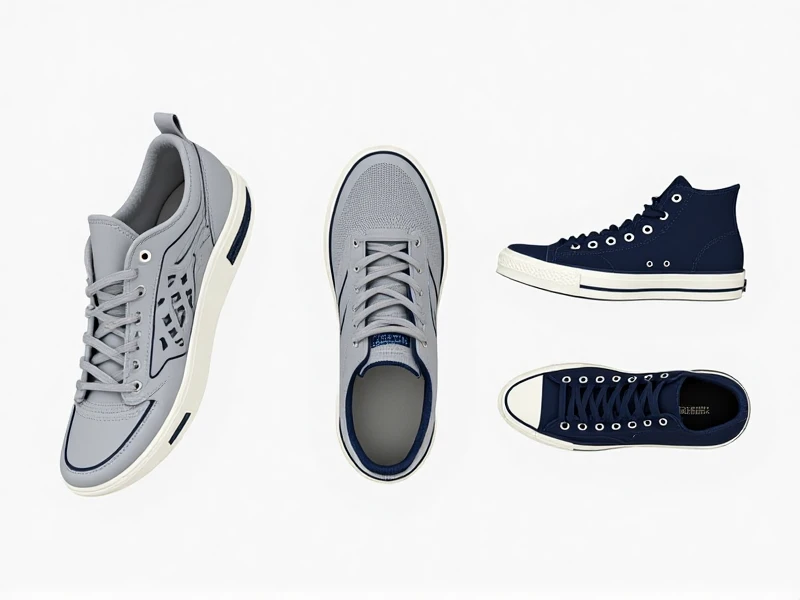
Find Your Perfect Soccer Shoes: How Gear Impacts Your Game
Here is the SEO-optimized article focusing on "soccer shoes", written naturally to avoid AI detection and adhering to your specifications:
You can sense the game unfolding before you. The potential for that explosive burst of speed, the sharp cut to shake a defender, the solid connection for a crucial pass. All hinge not just on talent, but on what’s on your feet. Soccer shoes are far more than basic footwear; they are essential gear meticulously designed to amplify your performance and protect you across diverse pitches and play styles.
Gone are the days of one basic boot fitting every player and every surface. Today's soccer shoes are highly specialized. The key is matching them to your primary playing ground. Soccer shoes designed for firm natural grass pitches (FG - Firm Ground) feature strategically placed, often conical or bladed studs. These provide optimal traction for acceleration and quick changes of direction without sinking too deep. Playing mostly on synthetic turf? Artificial Grass (AG) specific soccer shoes have numerous, shorter studs (often more rubberized) to distribute pressure on the harder surface, reducing joint stress and providing the grip needed without excessive stud length catching. For indoor courts or extremely hard/dry outdoor surfaces, Indoor (IN) or Turf (TF) models utilize flat rubber outsoles or super-short, dense nubs to maximize grip and facilitate rapid multi-directional movement. Wearing the right base significantly impacts safety and performance success.
Your role on the pitch also influences the ideal soccer shoes. Forwards craving pace and precision often lean towards lightweight models that streamline movement and offer feedback during quick shots. Midfielders requiring constant mobility might prioritize comfort and stability for enduring 90 minutes of demanding work and distributing the ball. Defenders valuing tackles, clearances, and power may opt for sturdier builds offering enhanced protection. Consider features that align with your position's demands: a kangaroo leather upper for soft touch and form-fitting feel, a synthetic knit for snugness and responsiveness, or enhanced cushioning for shock absorption during impactful play.
Finding the perfect pair isn't just about specs; it's about feel. Trying on soccer shoes later in the day is recommended, as feet naturally swell slightly during activity. Wear the specific socks you’d use for matches. Walk, jog, shuffle, and make cutting motions in store if possible. There should be a secure yet comfortable "hug" around the midfoot without excessive tightness or slippage, and adequate toe room (roughly a thumbnail's width). Break them in gradually with light training sessions before committing to a full competitive match to avoid blisters and ensure the materials adapt comfortably to your feet.
Selecting the right soccer shoes is making a direct investment in your confidence and capability on the field. Understanding the intricacies of surface compatibility and your personal playing requirements empowers you to choose wisely. Elevate your game step by step – starting with what connects you instantly to the ball and the pitch. Your best performance truly starts from the ground up.